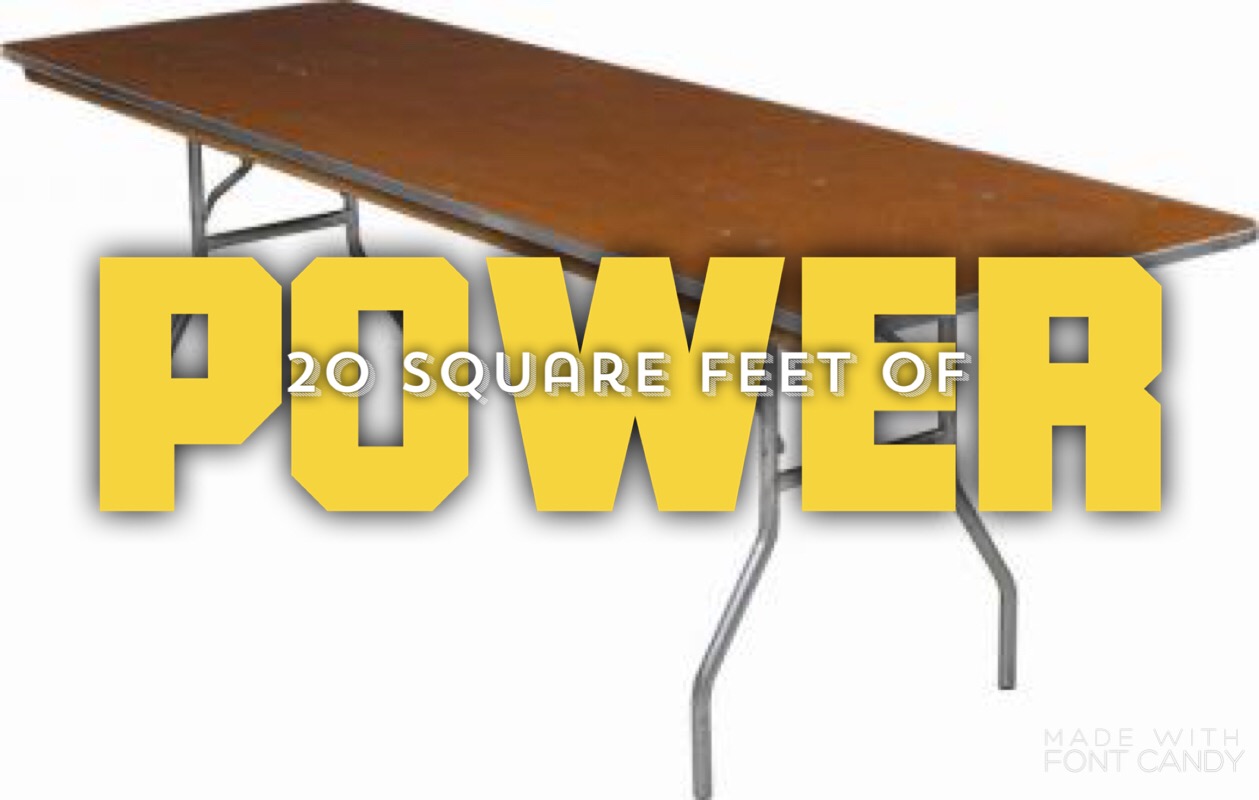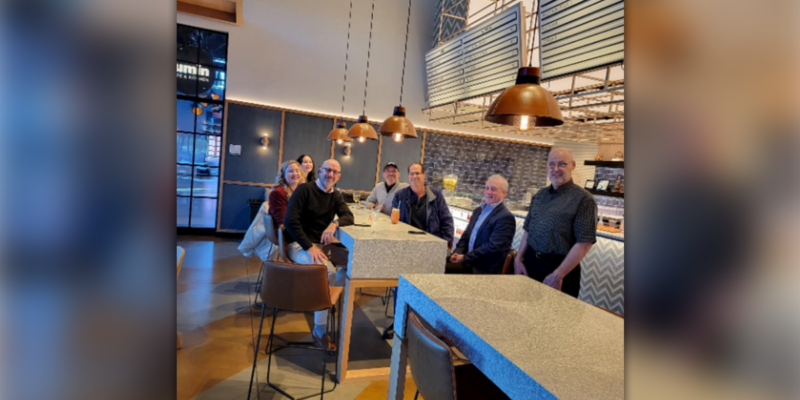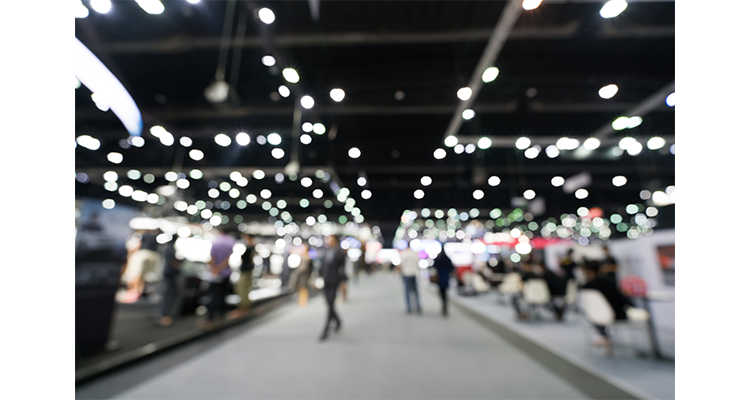20 Square Feet of Raw Power!
Working for a manufacturer in commercial AV, it can seem like the whole year revolves around two trade shows, ISE and InfoComm. Considering the scale of these two events and the amount of new product introductions, it’s not surprising that it feels that way.
Over the last few years however, I have started to appreciate the power of the small, regional table top show. You know, the one with a 96″ by 30″ table and a branded table cloth that gives each manufacturer 20 square feet of square power to use at their discretion.
 Sometimes these shows are put on by local integrators for their clients, and other times they are put on by distributors, manufacturers or manufacturer’s reps for end users and integrators to attend. In either case, if well attended, these shows can offer as much bang for the buck to manufacturers as their ISE and InfoComm counterparts.
Sometimes these shows are put on by local integrators for their clients, and other times they are put on by distributors, manufacturers or manufacturer’s reps for end users and integrators to attend. In either case, if well attended, these shows can offer as much bang for the buck to manufacturers as their ISE and InfoComm counterparts.
How you ask?
These shows level the playing field.
At larger shows, there are some companies with 10,000 square foot booths in priority locations on the floor that can make it almost impossible for smaller companies to get noticed by comparison. At the table top shows however, everyone starts with the same raw material, an 8 foot table. From there it is up to the manufacturer to customize that space to the best of their ability to showcase products and create conversations. To use a racing analogy, if the large shows are like Formula One where money buys the best cars and drivers, then the smaller shows are like NASCAR and stock car racing.
No one puts your baby in a corner!
The smaller shows typically use some type of format where the tables line the perimeter of the facility, with concentric inner and outer rows on each side of the aisle. In this format, there really is no back corner like in the larger shows. If you make a lap through the show, everyone has a chance to get some face time with customers.
Casual Commitment
The larger shows definitely have a huge attendance draw. People plan their attendance for weeks, months, or even all year. This means there is a huge commitment to travel and attendance. These shows usually require flights, hotels, and missed productivity. In many cases this limits the type of attendees that get to come to the show. Sales people and C-Level folks can miss a week from work, but project managers, installers and engineers are usually needed to continue projects on the ground in the company’s home territory. Given that engineers and project managers have a lot of influence in product specifications and decisions, face time with them can be invaluable. Smaller local shows offer the opportunity for these important role players to attend. Given the casual commitment required, they can assess their workload on the day of the show and perhaps come by for a couple hours in the morning or afternoon while still being able to get back to their desk or jobsites quickly in the event of an emergency.
Tailored Exhibits
Large shows mean diverse audiences and attendees from all industries, roles, and even countries. This means the messaging needs to be general enough to speak to all attendees. Each regional show however may have a unique personality. Certain industries may be more prominent in the territory or technology trends may be more focused in certain areas. Due to this, messaging and exhibitions at these type of shows can be tailored to the audience at hand to better drive meaningful conversations.
Time is on your side, yes it is.
If you properly leverage your level playing field, placement in the space, and opportunities to tailor your exhibits to the unique crowd attracted by these smaller shows, then you will be rewarded with the most important thing you can get from prospects at these shows… their time. Large shows are notorious for their large group tours or their five-minute fly-bys. Many firms are just too busy getting to all 1000 exhibitors for it to be any other way. However, if you create a relevant display that encourages conversation, your potential customer will actually have some time to spend with you. These shows are great for learning about new projects and for setting appointments to make sure your products find the proper home and clients get the best solutions.
So, the next time you find yourself invited to a table top show, I’d encourage you to attend. Then when you get there, leverage trends and knowledge of the territory to display relevant products and tell relevant stories that engage customers and connect problems to solutions. If so you will truly utilize your 20 square feet of power.
Or. you could do what I see many others do when they exhibit at these shows… sit behind their table with a few flyers and check their email all day. I wonder how that works out for them???





